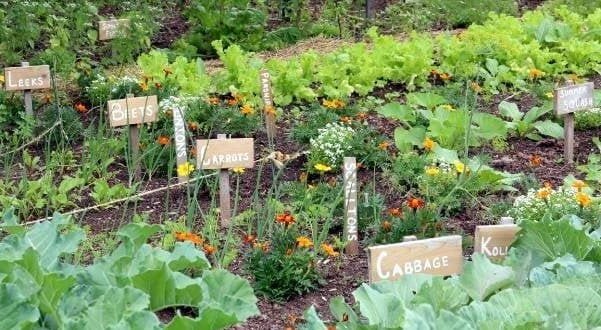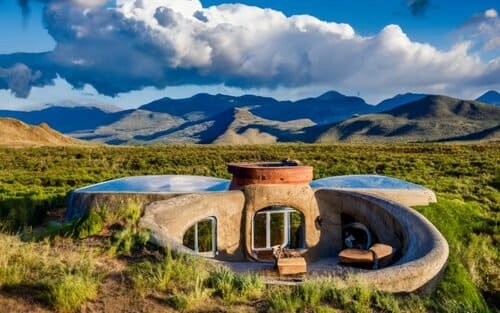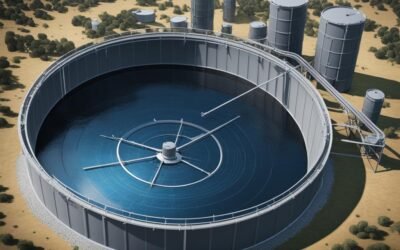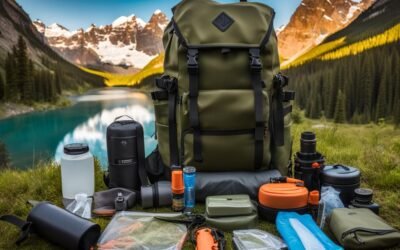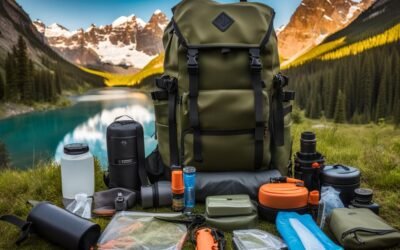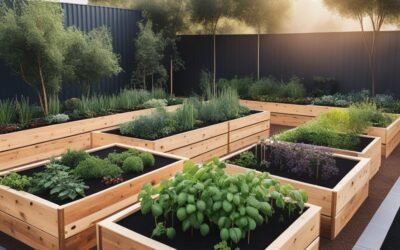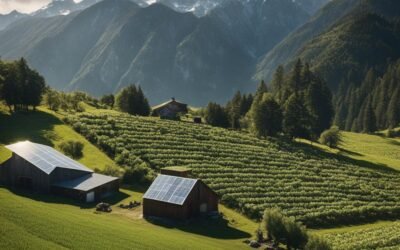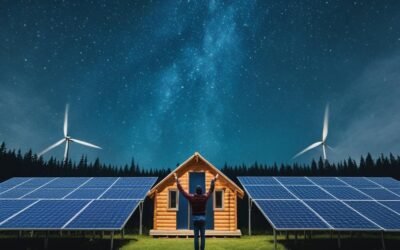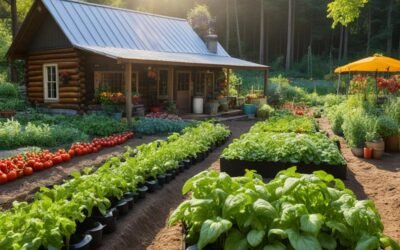Off Grid Homestead
Achieving a Self Sufficient LifestyleDreaming of an Off Grid Homestead Lifestyle
Living “off-grid” on a self-sufficient homestead is appealing to many seeking sustainability. The idea of disconnecting from the power grid, growing your own food, and living sustainably can provide freedom. But transitioning to an off-grid homestead also requires major dedication. This guide explores what it takes to establish and maintain a thriving off-grid homestead.

Understanding Off Grid Homestead Independence
Going “off-grid” means severing ties with public electric, water, and sewer grids. Off-grid homesteads must generate their own solar power, collect rainwater or pump well water, and manage waste and septic systems themselves. This self-reliant lifestyle takes much more hands-on work than grid-connected living. But it can lead to a sustainable and fulfilling off-grid living reality with the right prep, skills and mindset.
Finding the Right Property for an Off Grid Homestead
Choosing land suitable for off grid living is an essential first step. Ideal properties have:
- A water source like a stream, lake, or area with accessible groundwater for well drilling.
- Enough annual sunlight access for solar panels if going solar-powered.
- Arable land for gardening, crops, livestock grazing.
- Zoning laws allowing residence construction and farming activities.
At least 20-50 acres provides sufficient space for full homesteading activities like growing food, raising animals, onsite waste management, and privacy.
Designing the Layout of an Off Grid Homestead
Careful site planning maximizes an off grid property’s potential. Consider:
- Mapping out zones like the main home, gardens, animal enclosures.
- Orienting the home for passive solar heating and lighting.
- Grading land and planning drainage to manage seasonal water runoff.
Leave room for future expansion as your capabilities grow over time.
Building or Purchasing a Home for Off Grid Living
You can build a new custom off grid home, purchase rural land with an existing home, or explore options like:
- Prefab and modular homes that simplify construction.
- Tiny homes or RVs for a more affordable and minimalist housing option.
Look for ample insulation, energy efficient appliances, and sturdy durable materials suitable for rugged homestead life.
Generating Electricity for an Off Grid Homestead
Most off grid homes utilize solar panels coupled with battery banks to harvest renewable electricity. Wind turbines or microhydropower from streams can supplement solar. Backup gasoline/propane generators provide emergency power as needed.
Properly sizing your solar array and batteries to match electrical loads and cloudy weather spans is crucial. Undersizing can lead to frequent blackouts.
Heating and Cooling an Off Grid Homestead
Heating off grid homes sustainably requires solutions like:
- Passive solar building design and materials for natural warmth.
- Wood stoves burning renewable firewood during the colder months.
Cooling centres around shade, ventilation, and airflow rather than air conditioning which consumes substantial electricity. Strategically planted trees and proper window placement helps tremendously.
Water Access for Drinking, Washing, Irrigation
Off grid water solutions include:
- Drilled wells tapping into underground aquifers – often necessary for sufficient volume.
- Rainwater harvesting using rooftop collection and large storage tanks.
- Manual lever pumps at sinks or outdoor stations when grid power is lacking.
Careful use of drip irrigation maximizes water utilization for growing crops and gardens.
Food Production on an Off Grid Homestead
Producing your own food is crucial for off grid homesteads. Strategies include:
- Organic gardening of vegetables, fruits, herbs in dedicated grow spaces.
- Raising chickens for meat and eggs – a versatile livestock for small farms.
- Preserving produce through canning, pickling, freezing, drying for year-round nutrition.
For calorie-dense carbohydrates, try growing potatoes, beans, grains like quinoa or amaranth.
Managing Waste and Sewage Off the Grid
Off grid waste solutions include:
- Composting toilets to produce fertilizer from human waste without water usage.
- Constructed wetlands that filter greywater from sinks and showers.
- Septic tanks paired with drain fields for liquid waste.
- Outhouses as a simple emergency backup.
Proper waste management keeps your homestead safely sanitary.
Security and Communication Considerations
Be sure to address:
- Physical barriers like fencing and gates to deter trespassers.
- Lighting around the homestead to bolster nighttime visibility and safety.
- Two-way radios or similar resilient communication systems if landline/cellular service is poor.
Homesteading With a Family – Things to Consider
For households with kids, also evaluate:
- Home schooling curriculums if public schools are distant.
- Access to medical, dental, emergency care for family members.
- Ways to educate kids on sustainable living and engage them in chores/homestead activities.
Off grid living provides wonderful opportunities for hands-on learning and responsibility.
Is Off Grid Homesteading Right for You?
While rewarding, off grid homesteading requires massive dedication, labor and learning curves. Be honest about your abilities to take on:
- Physical tasks like construction, maintenance, growing food
- Isolation from conveniences, entertainment, and community
- Upfront costs and financing
With realistic expectations, adequate skills and resources, and embracing a flexible mindset, you can thrive living off the grid. The road to homestead self-sufficiency is challenging but ultimately fulfilling.


